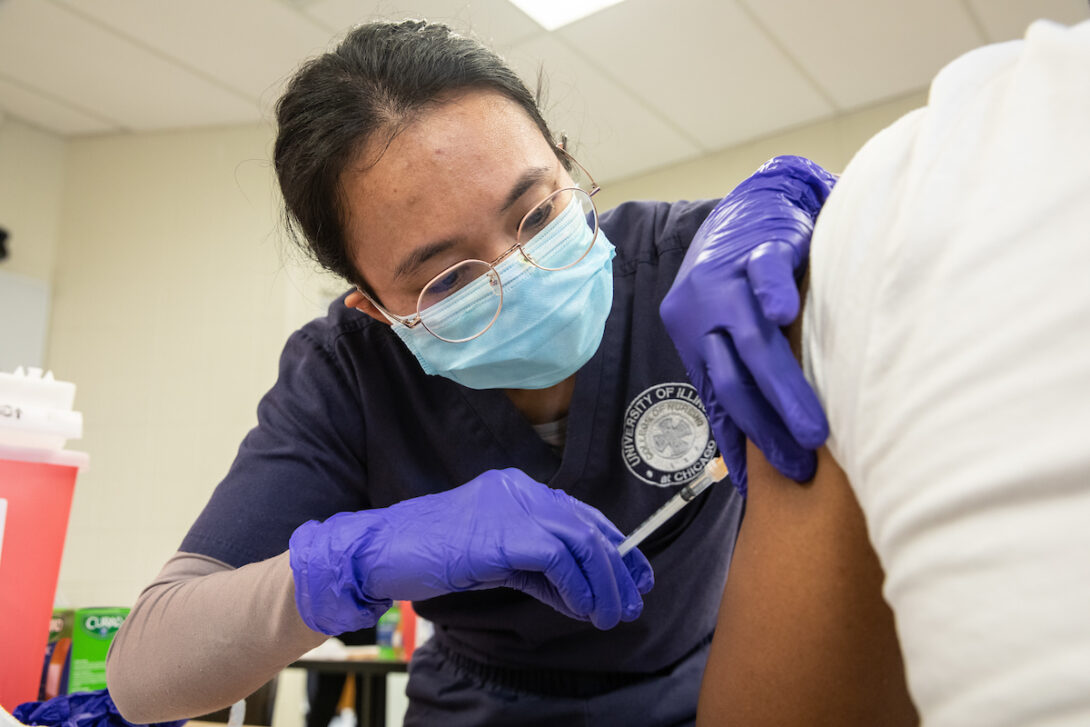How to increase health equity among children
x

Racial and ethnic health disparities among children in the U.S. are the result of generations of structural racism and require myriad policy solutions to bring about equity, according to a new paper in The Lancet Child & Adolescent Health led by Dr. Monique Jindal of the University of Illinois Chicago. The paper focuses on five key systems — housing, employment, health insurance, immigration and criminal justice — and offers policy solutions in each area to bring about change.
“Many current policies are undergirded by structural racism — the patterns and practices that reinforce the racial hierarchies that were created many, many years ago — and continue to leave minoritized children at the bottom,” said Jindal, an assistant professor of clinical medicine. “We wanted to understand, given that context, what are the policy levers that we can use to mitigate those health inequities.”
Jindal said she was struck by how frequently these systems overlap, what she calls “layered impacts.” For example, the legacy of segregation means that many children continue to live in highly segregated neighborhoods. The health impacts for children living in such communities include a higher likelihood of interactions with police, which is associated with poor mental health, to lack of access to grocery stores and nutritious food, which are associated with heart disease and diabetes.
The policy solutions the researchers recommend range from the sweeping — such as universal health care for children and those who are pregnant and postpartum — to the more modest, such as allowing children to have free and frequent visits with incarcerated parents to reduce their risk of trauma while separated.
The paper was commissioned by The Lancet and follows a literature review by several of the same authors, including Jindal, laying out the state of inequities in pediatric health in the U.S.
Jindal hopes this new paper’s recommendations reach policymakers across all levels of government. Perhaps it will lead to increased collaborative work across sectors to reach children in need — such as medical centers that also offer legal services to families.
She also hopes pediatric clinicians read it and gain a better understanding of the many social determinants of health that their patients may face, and how they, as doctors, can use their position to advocate for children.
“Being a doctor comes with great responsibility, and it comes with a voice that will be listened to,” Jindal said, whether that’s in formal government testimony or with hospital leadership. “For example, being able to talk about a patient who had a housing issue resolved, which led them to be able to keep the electricity on, which led them to be able to refrigerate their insulin, is powerful and highlights our role in mitigating barriers to equitable health care. When we tell these stories as clinicians, people take them seriously and gain a deeper understanding of how structural racism is inextricably linked to health and well-being.”